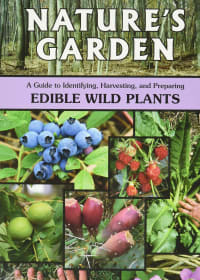
The Forager's Harvest has many unique features that will appeal to naturalists, hikers, campers, survivalists, homesteaders, gardeners, chefs, Native Americans, and whole-food enthusiasts. The book contains a calendar of harvest times for wild produce, a step-by-step protocol for positive identification, an illustrated glossary tailored to the needs of foragers, a recommended reading list, plus special sections on conservation, safety, nutrition, harvest techniques, preparation methods, and storage.
86% match
-295122-x.jpg)
The purpose of this volume is to call attention to certain other useful plants, particularly those available as a source of human meat and drink, that are today growing wild in the woods, waters and open country of the United States.
78% match
-294922-x.jpg)
In a survival situation, plants can provide food and medicine. Their safe usage requires absolutely positive identification, knowing how to prepare them for eating, and knowing any dangerous properties they might have. Familiarity with botanical structures of plants and information on where they grow will make them easier to locate and identify.
77% match
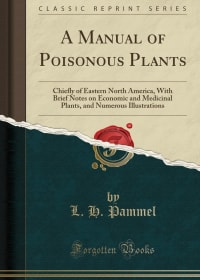
This manual features all plants that are injurious although many of these are not known to produce poisons, some even being most useful economic plants and yet injurious to some people.
75% match
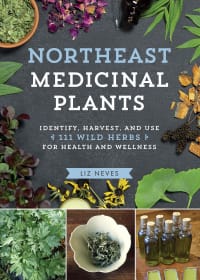
This guide is designed to be a starting point that aids you in determining basic traditional plant uses and in aiding you in the identification of each of the presented species. It is important to understand that there are plants that can and do kill people, some are similar in appearance to plants that are commonly used medicinally or as food.
75% match
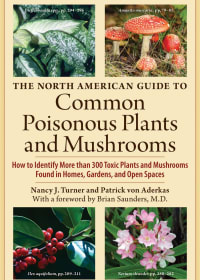
It is the object of this book to enumerate and describe such of our common wild plants, as ell as some frequently cultivated, which are at all likely to prove harmful to our little ones who are only too apt to put everything which appears attractive into their mounts.
75% match
-294684-x.jpg)
This book consists of comprehensive description of nearly all herbs with their medical properties and directions for compounding the medicines extracted from them.
75% match
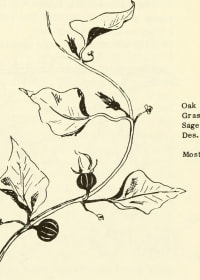
It is the hope of the Author that this small volume may prove to be of use to many who are interested in a short history, in non-technical language, of some western plants, and of their uses by the Indians and others as food as well as medicine. To describe all the useful and edible plants of the west would take a volume many times this size, but described here are those, the Author consider most important or interesting and certainly these would be those, in most cases, most often encountered.
75% match
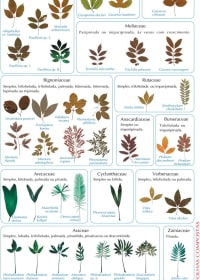
It is important to distinguish between edible versus poisonous plants, especially when you off the grid. This document contains information on the characteristics of different types of plants to help you identify them.
74% match
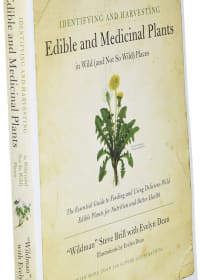
In a survival situation, plants can provide food and medicine. Their safe usage requires absolutely positive identification, knowing how to prepare them for eating, and knowing any dangerous properties they might have. This manual will give familiarity with botanical structures of plants and information on where they grow that will make them easier to locate and identify.
74% match
Modules
File Types
Book Pages
File Size
Rating
Minimum
Skill Suitability
Survival Skills
Defensive Skills
Environment Setting
Health and Fitness
Time Available
Finances Available
Foraging
Foraging is a critical skill that can help you survive in the wilderness or during an emergency situation when food supplies are scarce. Knowing how to identify edible plants from poisonous ones is essential knowledge that every prepper, survivalist or homesteader should have. That's why we've compiled a comprehensive list of books and other resources about foraging that will teach you everything you need to know about finding safe sources of wild food.
Our collection includes titles such as 'How To Discern Edible Wild Plants?', which provides practical tips on identifying common edible plants found in North America; 'Medicinal Plant Identification And Use Guide', which teaches readers how to recognize different types of medicinal herbs; 'Plant Identification' guidebook featuring detailed descriptions of hundreds of plant species with photographs; 'Edible Flowers' cookbook filled with recipes using flowers like dandelions or roses;
'A Manual Of Poisonous Plants' book warns readers against dangerous toxic flora commonly found in nature so they can avoid them while gathering edibles safely; 'Wild Edible Plants' resource offers information on over 200 species along with their nutritional value and preparation methods; 'Edible Wild Plants Of Eastern North America - Fernald Merritt Lyndon', a classic field guide containing illustrations by one of the most respected botanists ever.
In addition to these invaluable resources on identifying edible vegetation there are also two additional texts covering mushrooms: first up is Edible And Poisonous Mushrooms Of The World' - an extensive reference manual detailing mushroom varieties across continents whilst highlighting any potential dangers associated with consumption. Finally we have Uses For Bamboo In An Emergency', this text covers bamboo's many uses beyond just being a source of nutrition but also shelter building material amongst others.